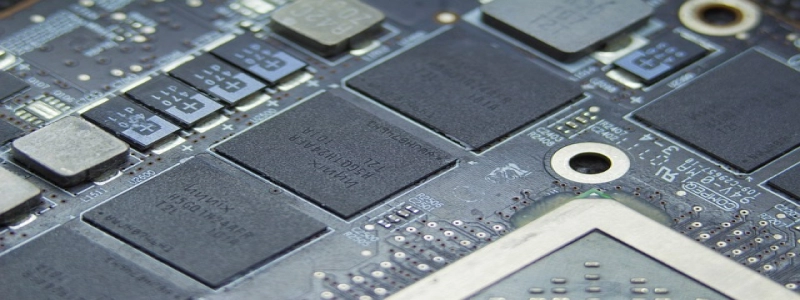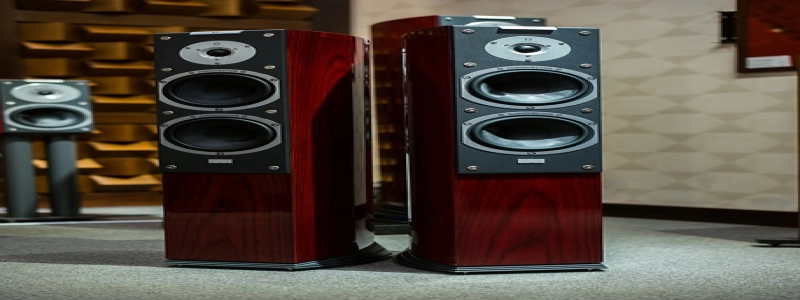SFP versus SFP+: Choosing the Right Optical Transceiver for Your Network
Introduction:
In today’s rapidly evolving networking landscape, the use of optical transceivers has become increasingly widespread. These devices play a crucial role in transmitting and receiving data over optical fiber cables, enabling high-speed communication across vast distances. Among the various types of optical transceivers available, SFP (Small Form-factor Pluggable) and SFP+ (Enhanced Small Form-factor Pluggable) are two popular options. This article aims to provide a comprehensive comparison of SFP versus SFP+ transceivers, helping network administrators make an informed decision in selecting the appropriate solution for their networks.
I. Understanding SFP Transceivers:
1. Definition: SFP transceivers, also known as mini-GBICs (Gigabit Interface Converters), are hot-swappable devices used for transmitting and receiving data in Ethernet networks.
2. Technical Specifications: SFP transceivers support data rates ranging from 100Mbps to 4Gbps, making them suitable for a wide range of applications. They are available in different types, such as SFP SX, SFP LX, and SFP ZX, each with specific transmission distances.
3. Advantages of SFP Transceivers: SFP transceivers offer flexibility, as they can be easily swapped and replaced to support different network configurations. They also consume less power compared to some other transceiver types, making them energy-efficient options.
II. Exploring SFP+ Transceivers:
1. Definition: SFP+ transceivers, as an upgrade to SFP, are designed to accommodate higher data rates with improved performance.
2. Technical Specifications: SFP+ transceivers support data rates from 8Gbps up to 16Gbps, making them ideal for high-bandwidth applications, such as data centers and high-performance computing networks. Similar to SFP transceivers, SFP+ is available in various types, including SFP+ SR, SFP+ LR, and SFP+ ER, each catering to different transmission distances.
3. Advantages of SFP+ Transceivers: SFP+ transceivers provide higher transmission speeds, lower latency, and better signal integrity compared to SFP. These features make SFP+ suitable for demanding network environments where high performance and reliability are paramount.
III. Key Differences between SFP and SFP+:
1. Data Rates: One of the significant distinctions between SFP and SFP+ is the supported data rates. While SFP transceivers have a maximum data rate of 4Gbps, SFP+ transceivers can achieve speeds of up to 16Gbps, offering significantly higher bandwidth.
2. Transmission Distance: SFP and SFP+ transceivers support different transmission distances. SFP transceivers typically provide shorter reach, such as up to 550 meters for multimode fiber, while SFP+ transceivers can extend over longer distances, such as up to 10 kilometers for single-mode fiber.
3. Cost Considerations: SFP transceivers tend to be less expensive than SFP+ due to their lower data rate capabilities. Network administrators must weigh the required performance against budget constraints when selecting between SFP and SFP+.
IV. Choosing the Right Transceiver for Your Network:
Selecting the appropriate transceiver depends on several factors, including the network’s performance requirements, budget, and transmission distance. If a network demands high data rates, longer transmission distances, or is intended for future scalability, SFP+ might be the preferred choice. However, for applications with lower data rate needs or limited budget, SFP transceivers may suffice.
Conclusion:
In the world of optical transceivers, SFP and SFP+ are both valuable options for network deployments. Understanding the differences between SFP and SFP+ transceivers allows network administrators to choose the right solution for their specific requirements. Whether it is the cost-effectiveness and flexibility of SFP or the high-performance capabilities and scalability of SFP+, both transceiver options have their advantages and can significantly enhance network connectivity and performance.








